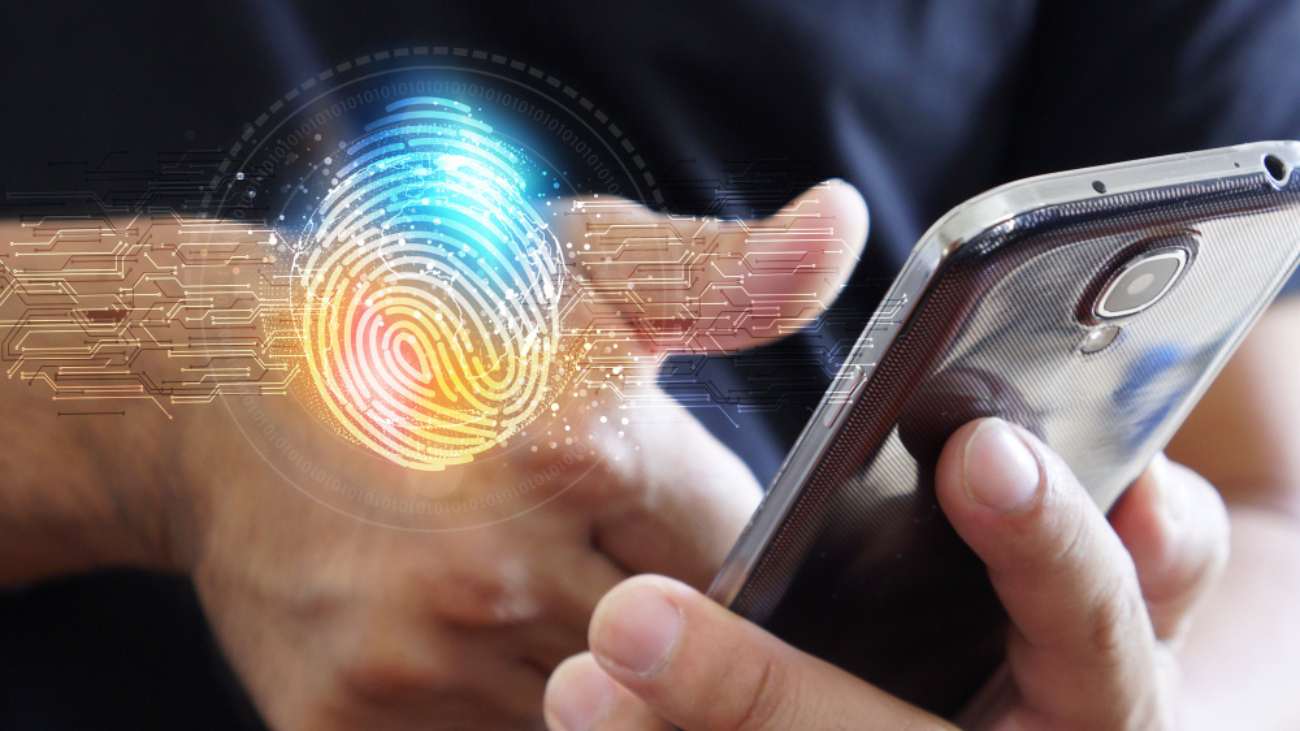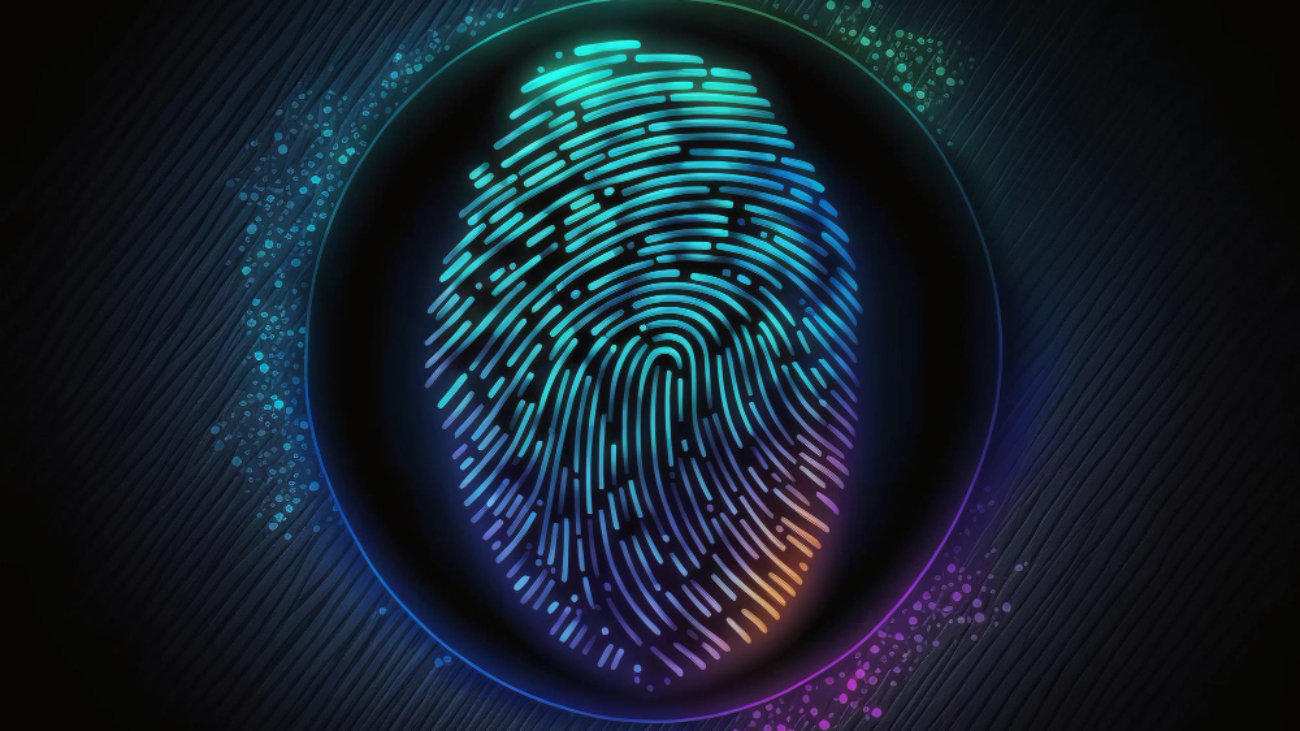Biometrics technology is used in a wide range of applications, from national security to customer service. The focus of biometrics has traditionally been on physical identification, such as fingerprints or irises. More recently, however, attention has been turning to a new type of biometric: behavioral biometrics. This emerging technology has the potential to revolutionize authentication and security and could be used in a myriad of applications observed Bahaa Abdul Hadi.
What Is Behavioral Biometrics?
At its core, behavioral biometrics uses physical or cognitive traits to authenticate individuals by recognizing their unique behavioral patterns. These can include a variety of factors, such as keystroke dynamics, gait recognition, and facial recognition software. These technologies often rely on artificial intelligence algorithms designed to recognize individual actions and patterns over time.
The Benefits of Behavioral Biometrics
Behavioral biometrics offers numerous advantages over traditional biometrics. For starters, it is far more secure and difficult to forge or manipulate. Additionally, as technology continues to evolve and improve, the accuracy of these systems is also improving. Most importantly, behavioral biometrics can elegantly solve the problem of authentication and secure access to services and sensitive assets without requiring the user to have a physical token or key.
Potential Applications for Behavioral Biometrics
There are many potential applications of behavioral biometrics, and the technology is being used in several areas. One of the most widely utilized applications is authentication. Behavioral biometrics is used to identify and authenticate users in various scenarios, from banking apps to physical access control systems. Additionally, the technology is used for fraud detection in financial services and healthcare. Additionally, it can be used to monitor and analyze user behavior and protect servers and systems from malicious actors.
The Challenges of Behavioral Biometrics
While there are many potential applications for behavioral biometrics, the technology is challenging. One of the biggest concerns is privacy, as the technology captures highly personal and sensitive data. Additionally, while artificial intelligence algorithms can process these data points, they can only do so accurately if provided with extensive training data. Finally, the accuracy of these systems is still being perfected, and false positives are still a problem.
Moving Forward
Despite these challenges, behavioral biometrics offers a promising solution to the authentication and security challenge. As technology advances and its accuracy improves, it is likely that it will increasingly be utilized in a wide range of applications. For those interested in exploring the potential uses of behavioral biometrics, it is important to partner with a vendor with experience in the field. Also, help ensure that the technology is implemented securely and accurately.
Thank you for your interest in Bahaa Abdul Hadi blogs. For more information, please stay tuned to www.bahaaabdulhadi.com







